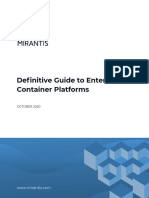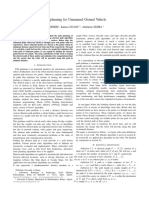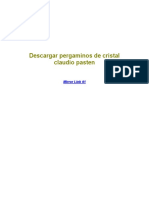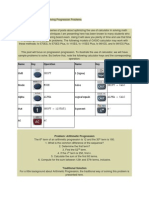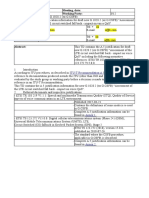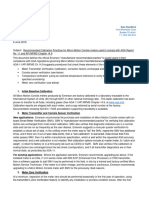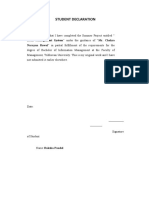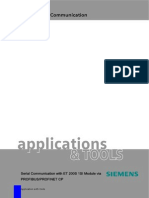0% found this document useful (0 votes)
77 views5 pagesEngineering Onboarding & Tech Stack Overview
This document serves as an onboarding guide for new engineers joining the AI Paralegal Systems team, detailing the first week checklist, team structure, project architecture, and tech stack. It outlines essential tasks, coding guidelines, and communication channels to facilitate integration into the team. Additional resources and expectations for team members are also provided to ensure a smooth onboarding experience.
Uploaded by
divya.viradiya.7Copyright
© © All Rights Reserved
We take content rights seriously. If you suspect this is your content, claim it here.
Available Formats
Download as PDF, TXT or read online on Scribd
0% found this document useful (0 votes)
77 views5 pagesEngineering Onboarding & Tech Stack Overview
This document serves as an onboarding guide for new engineers joining the AI Paralegal Systems team, detailing the first week checklist, team structure, project architecture, and tech stack. It outlines essential tasks, coding guidelines, and communication channels to facilitate integration into the team. Additional resources and expectations for team members are also provided to ensure a smooth onboarding experience.
Uploaded by
divya.viradiya.7Copyright
© © All Rights Reserved
We take content rights seriously. If you suspect this is your content, claim it here.
Available Formats
Download as PDF, TXT or read online on Scribd
/ 5


























































